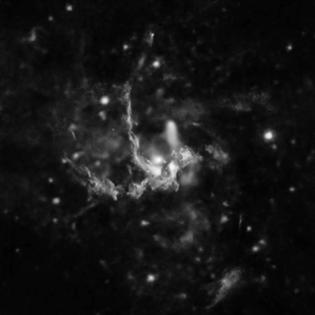You Light up My Life
Who in a community is responsible for protecting the resources of the community? Is it the elected officials, the individual, or both?
Photo Credit: High-Energy Particles in Milky Way Black Hole (NASA, Chandra, 11/20/13) by NASA's Marshall Space Flight Center is licensed under CC by 2.0
Students learn about different types of energy sources that produce electricity. They explore how electricity is used, measured, recorded, and calculated while exploring how basic energy conservation and energy efficiency choices can impact their family energy costs and reduce the amount of energy consumption. They develop an action plan for a city to use alternative energy resources and create a presentation as a form of advocacy.
Explore how electricity is used and measured. Through data collection tables, young people analyze how much energy their families consume and reflect on ways to conserve energy.
By comparing lightbulbs, young people learn about technology, energy conservation, and personal responsibility. Their personal choices can impact family energy costs and reduce the amount of energy consumed for the common good.
In this lesson, young people research various types of renewable energy and write a persuasive statement about which energy source their city or county should invest in.
